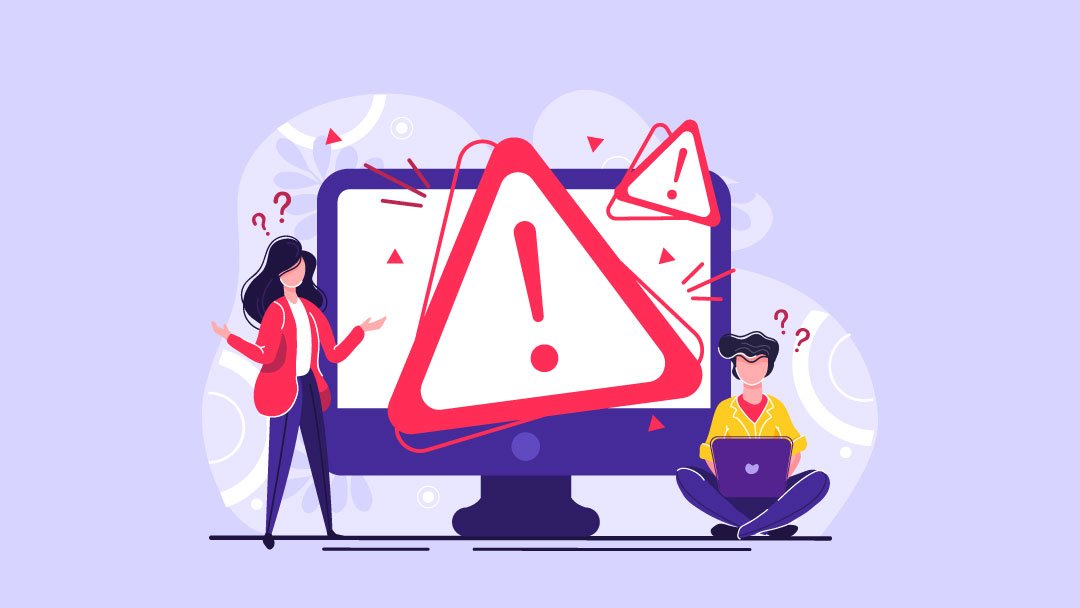In the world of web development and SEO, encountering server errors can be a significant hurdle. Among these, 5xx errors are some of the most common issues that can disrupt user experience and negatively impact your site’s SEO. This blog will explore the types of 5xx errors, their common causes, and solutions for resolving them.
What Are 5xx Errors?
5xx errors are server-side errors that indicate that the server has encountered an issue while trying to fulfill a request. Unlike client-side errors (like 404 errors), these issues stem from the server itself. Here are some of the most common types of 5xx errors:
1. 500 Internal Server Error
The most generic of the 5xx errors, a 500 error signifies that something has gone wrong on the server, but the server cannot specify what the problem is. This can be caused by a misconfiguration, coding errors, or problems with server resources.
2. 502 Bad Gateway
A 502 error occurs when a server acting as a gateway or proxy receives an invalid response from the upstream server. This can be due to server overload, maintenance, or misconfigured firewalls.
3. 503 Service Unavailable
A 503 error indicates that the server is temporarily unable to handle the request, often due to being overloaded or undergoing maintenance. This error typically resolves itself once the server is back online.
4. 504 Gateway Timeout
A 504 error occurs when a server times out while waiting for a response from an upstream server. This can happen when the upstream server is slow to respond or down altogether.
Common Causes of 5xx Errors
Understanding the root causes of these errors can help you troubleshoot more effectively. Here are some common causes:
Server Configuration Issues
Misconfigurations in the server settings can lead to 500 errors. This could include issues in .htaccess files or incorrect permissions.
Overloaded Servers
Traffic spikes can overwhelm server resources, resulting in 503 and 504 errors. Monitoring server load and using caching solutions can mitigate this risk.
Code Errors
Bugs in your application code can result in a 500 error. Regular code reviews and error logging can help identify and resolve these issues.
Maintenance and Updates
Scheduled maintenance or updates can lead to temporary unavailability (503 errors). It’s essential to communicate maintenance schedules to users to reduce frustration.
Third-Party Services
Relying on external APIs or services can lead to 502 errors if those services experience downtime or slow response times.
Diagnosing 5xx Errors
Diagnosing 5xx errors involves a systematic approach:
- Check Server Logs: Your server logs often provide specific information about what caused the error. Look for error messages or codes that can guide your troubleshooting.
- Use Google Search Console: GSC can help identify pages that return 5xx errors. Monitoring the “Coverage” report will give you insights into any problematic URLs.
- Test Server Response: Use tools like cURL or browser developer tools to see the server’s response. This can help you determine the type of error and its frequency.
- Analyze Traffic Patterns: Review traffic logs to identify any spikes that may correlate with server errors.
Solutions for 5xx Errors
Here are actionable steps to resolve 5xx errors:
1. Fix Server Configuration
Review your server configuration files for any errors. Ensure that your .htaccess file is correctly configured and that server permissions are appropriately set.
2. Increase Server Resources
If your server is frequently overloaded, consider upgrading your hosting plan or optimizing your website to handle traffic better.
3. Debug Code Issues
If your application is causing 500 errors, utilize debugging tools to identify and fix coding issues. Ensure that error handling is implemented correctly.
4. Communicate Maintenance Plans
If your site requires maintenance, notify users in advance to reduce frustration. Use a maintenance page that informs visitors about the situation.
5. Monitor Third-Party Services
If your site relies on external APIs, ensure they are operational. Set up alerts for when these services experience downtime.
Understanding 5xx errors and their implications is crucial for maintaining a healthy website and good SEO practices. By diagnosing and resolving these errors promptly, you can enhance user experience and improve your site’s visibility in search results.
If you’re experiencing persistent SEO issues, our SEO services can help you optimize your website and improve your overall performance. We specialize in diagnosing problems, including server errors, and implementing effective solutions tailored to your needs.
Additional Resources
- Google Search Console: Learn how to use GSC to monitor your site’s performance.
- Server Error Codes Explained: A comprehensive guide to HTTP status codes.
By addressing 5xx errors and optimizing your website, you’ll not only improve user satisfaction but also boost your search engine rankings. Don’t let server errors hold you back—take action today!


Leave a Reply